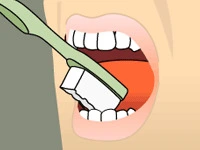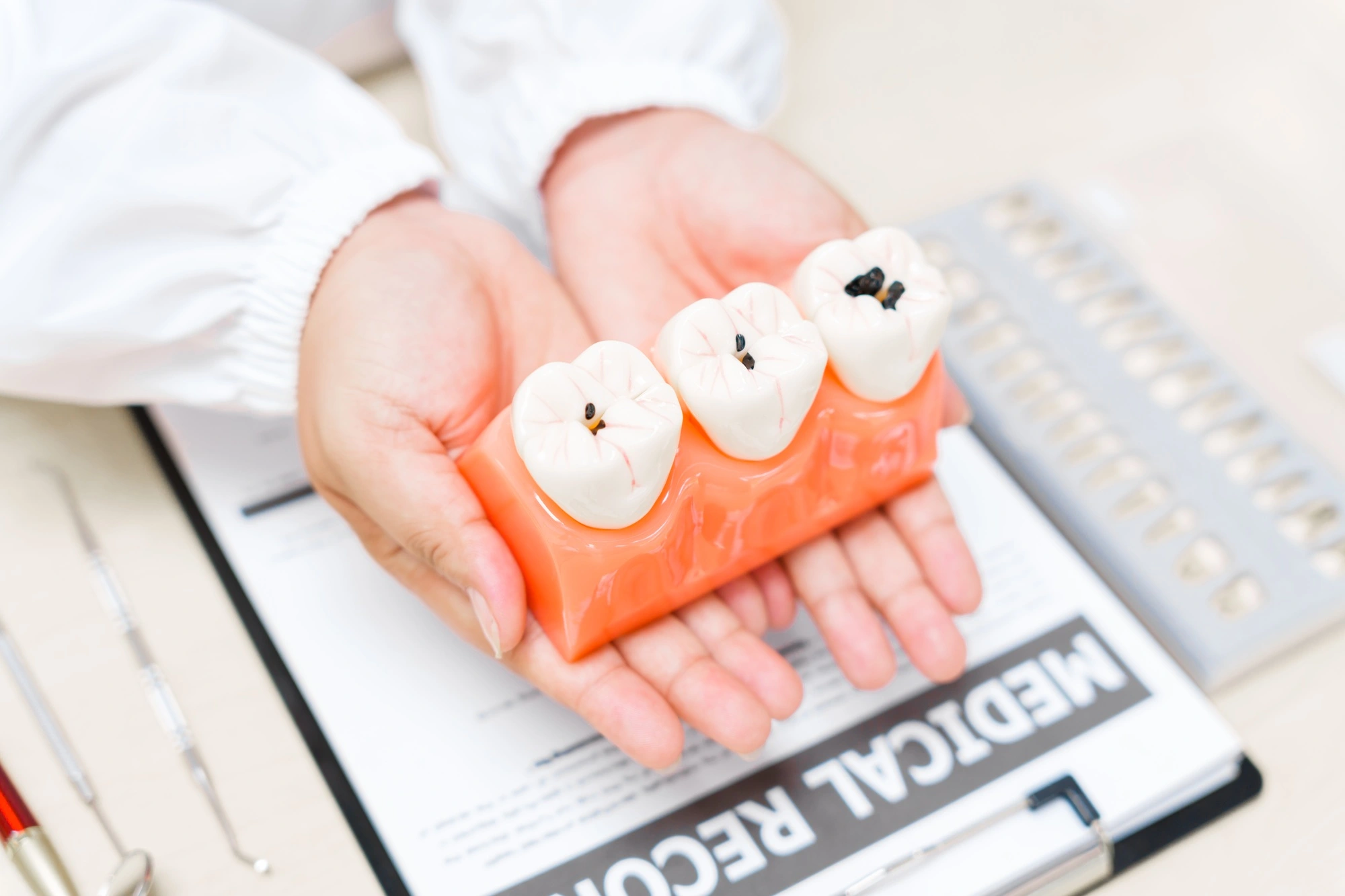Preventive Care
Gentle & Comprehensive Dental Care
Preventive dental care is important throughout your life, no matter your age! We proudly serve patients from Montclair, Dumfries, Woodbridge, Manassas, Dale City, and Lake Ridge. By practicing good oral hygiene at home and scheduling regular checkups with Dr. Kassan, you can help keep your smile bright and healthy for many years to come.













